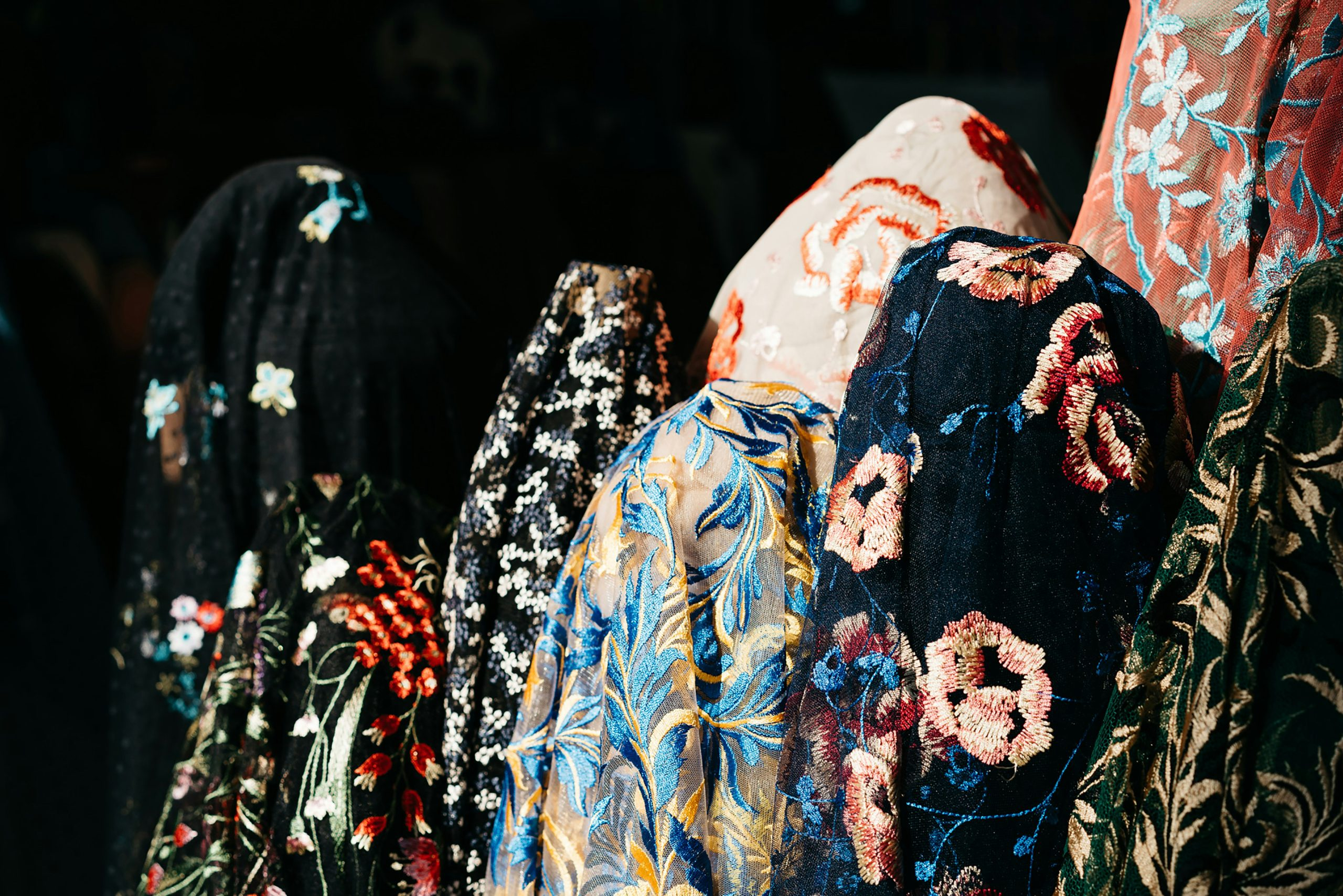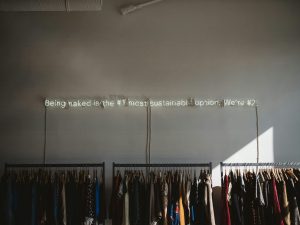Exploring the dark side of fast fashion and its consequences
The fashion industry is a booming business, with a new trend constantly popping up and enticing consumers to purchase the latest styles. However, there is a dark side to this fast-paced industry that many people are not aware of. Fast fashion has become the norm in recent years, with retailers churning out inexpensive and trendy clothing at a rapid rate. But at what cost?
The Rise of Fast Fashion
Fast fashion is a term used to describe the production of inexpensive, mass-produced clothing that imitates the latest trends seen on runways and in fashion magazines. This concept began in the 1980s, with retailers such as Zara and H&M leading the way in this new trend. Fast fashion allows consumers to stay on top of the latest fashion trends without breaking the bank. However, it has come at a great cost to the environment and the workers involved in the production process.
Environmental Impact
One of the biggest consequences of fast fashion is its negative impact on the environment. The fast-paced production of clothing creates a huge amount of waste, with an estimated 92 million tons of textile waste produced each year. This waste ends up in landfills, where it takes hundreds of years to decompose, releasing harmful chemicals and greenhouse gases into the atmosphere.
Water Consumption
In addition to textile waste, fast fashion is also a major contributor to water pollution and consumption. The production of clothing requires a significant amount of water, with an estimated 1.5 trillion liters of water used every year in the textile industry. This has a huge impact on water sources, especially in countries where water is already scarce. Furthermore, the dyes and chemicals used in the production process often end up in water sources, polluting them and harming local communities.
Exploitation of Workers
Another dark side of fast fashion is the exploitation of workers. In order to keep up with the demand for cheap clothing, retailers often outsource their production to developing countries where labor is cheap. These workers are often subjected to long working hours, low pay, and unsafe working conditions. In addition, fast fashion has also led to the rise of sweatshops, where workers are forced to work in deplorable conditions for little to no pay.
The Rana Plaza Tragedy
In 2013, the world was shocked by the collapse of the Rana Plaza factory in Bangladesh that produced clothes for major retailers. This tragedy claimed the lives of over 1,100 workers and injured thousands more. It exposed the harsh reality of the fast fashion industry and the dire conditions that workers are forced to work in.
The Need for Change
The consequences of fast fashion are undeniable, and it is time for the industry to change its ways. As consumers, we have the power to drive this change by making more conscious choices when it comes to our fashion purchases. Supporting sustainable and ethical fashion brands, recycling and upcycling clothing, and investing in quality, timeless pieces are just a few ways to reduce our impact on the environment and support ethical practices.
The Slow Fashion Movement
The slow fashion movement is gaining traction as a counter to the fast fashion industry. It focuses on producing clothing in a sustainable and ethical manner, with a focus on quality, longevity, and fair labor practices. By supporting slow fashion brands, we can make a positive impact on the environment and support fair working conditions for garment workers.
In Conclusion
The dark side of fast fashion is a harsh reality that we must acknowledge and address. The environmental impact and exploitation of workers cannot be ignored, and it is up to us to drive change through our actions and choices as consumers. Let us strive towards a more sustainable and ethical fashion industry, where the true cost of fashion is not paid by the environment and those who produce our clothing.










